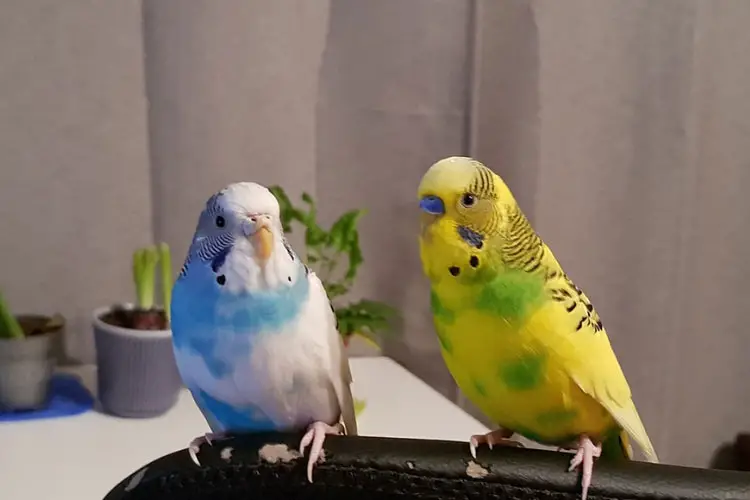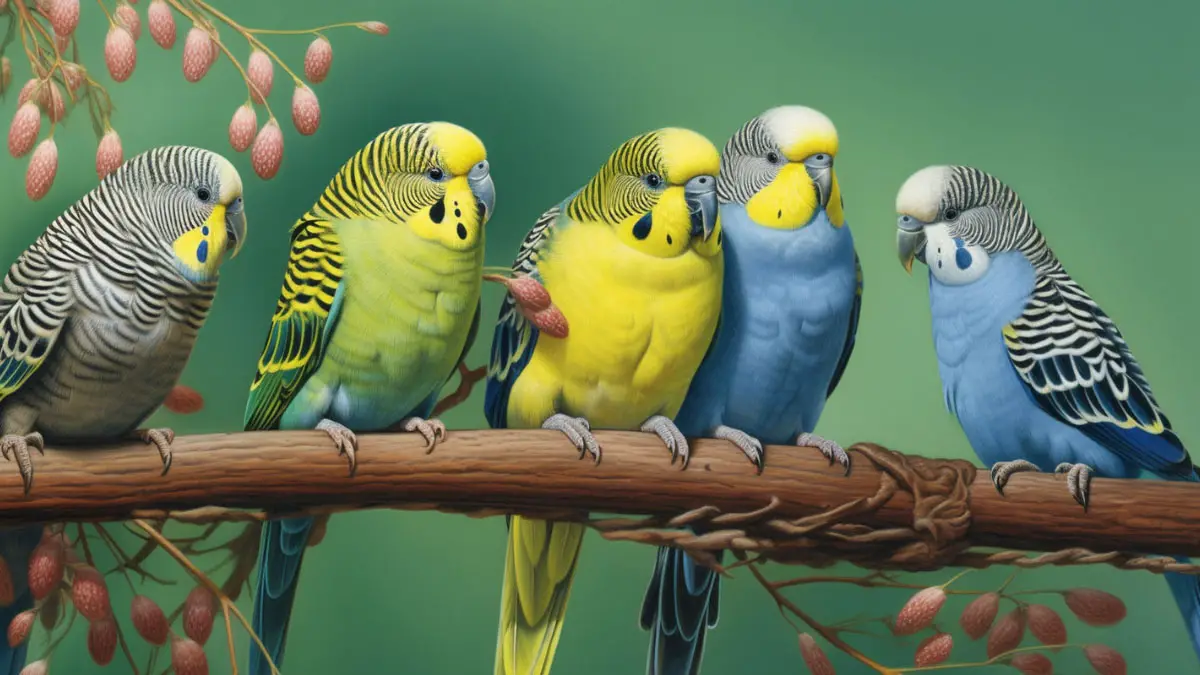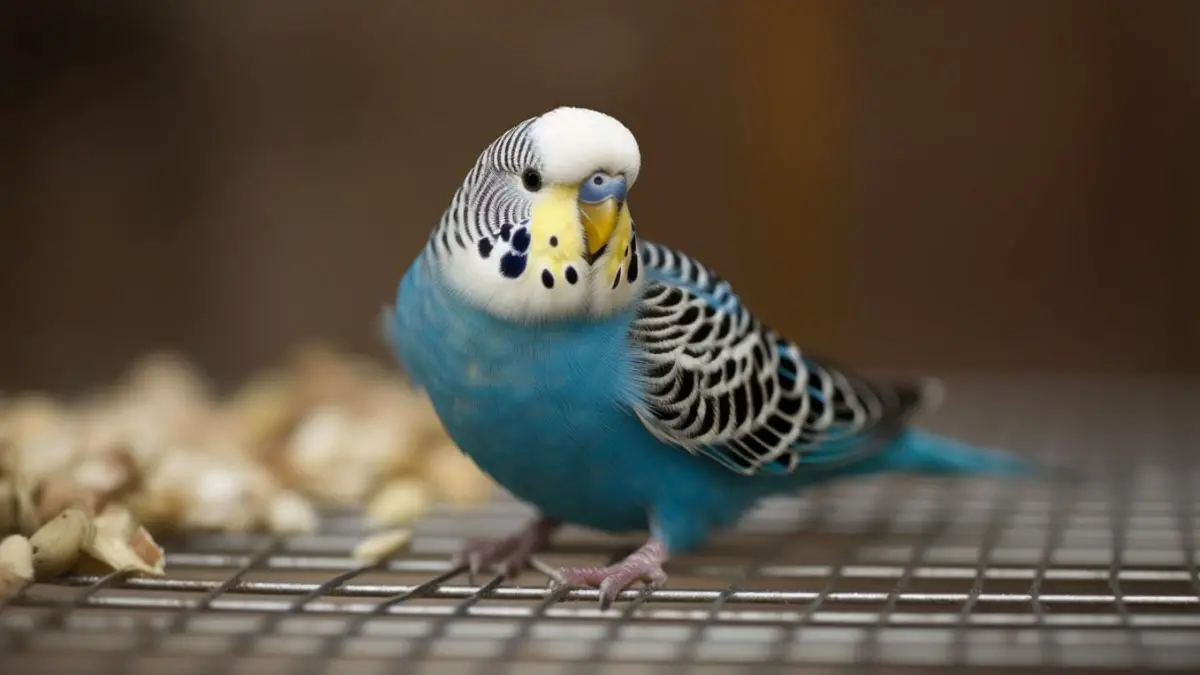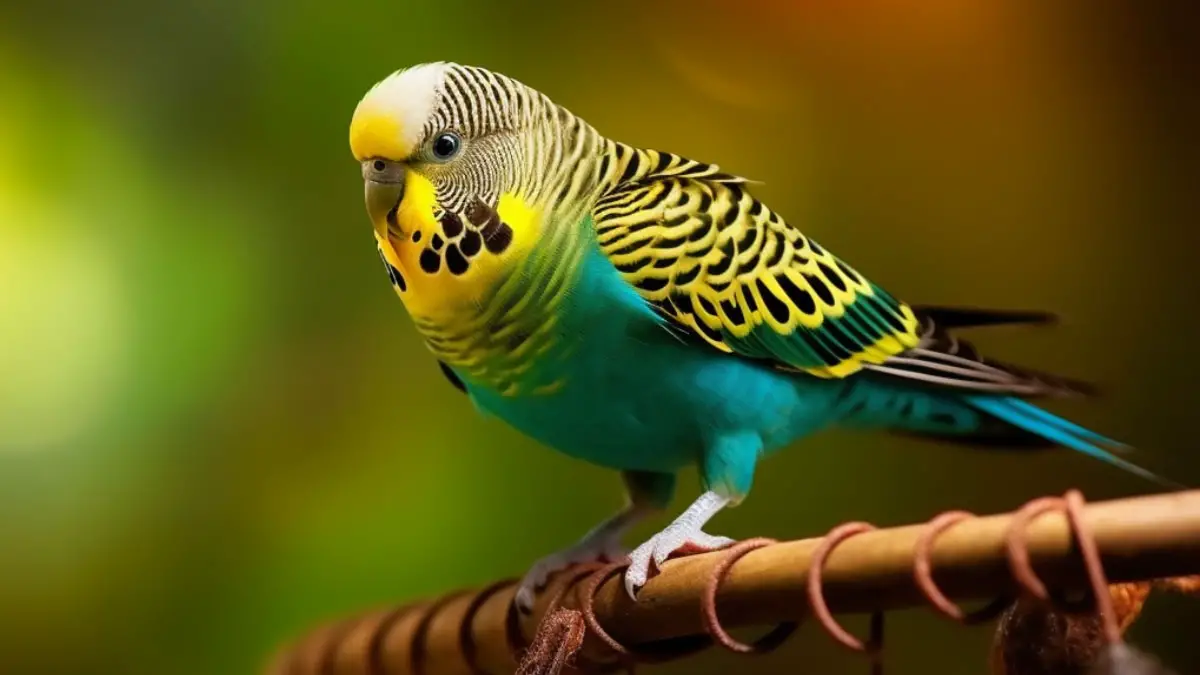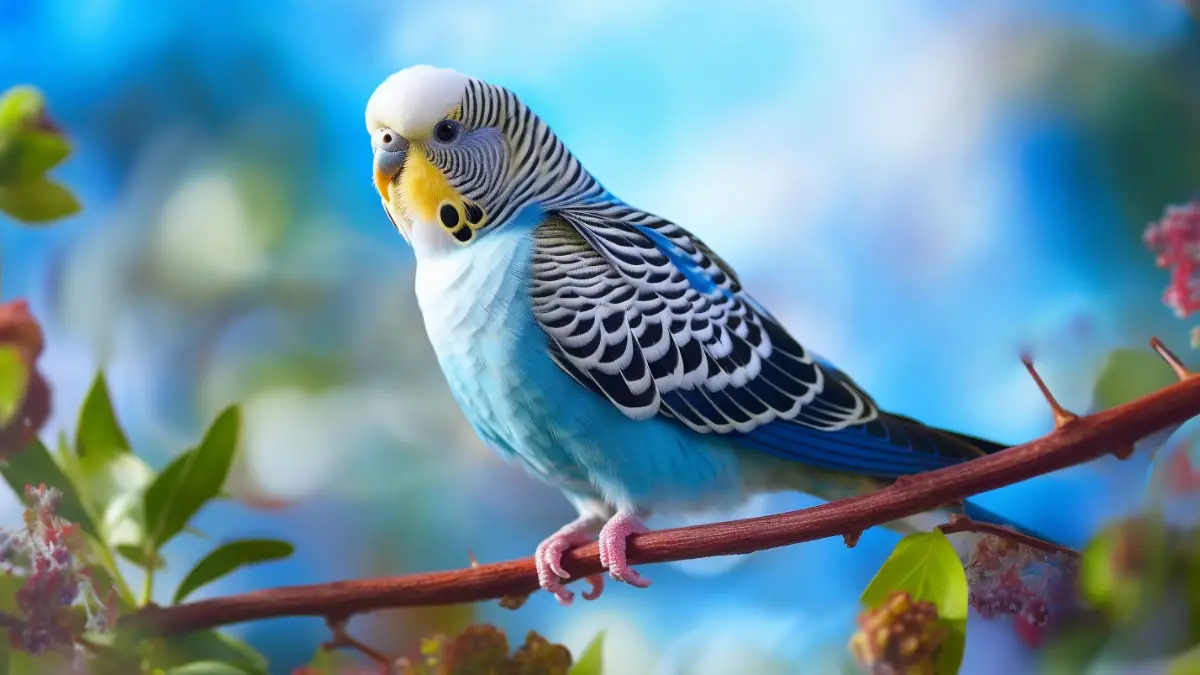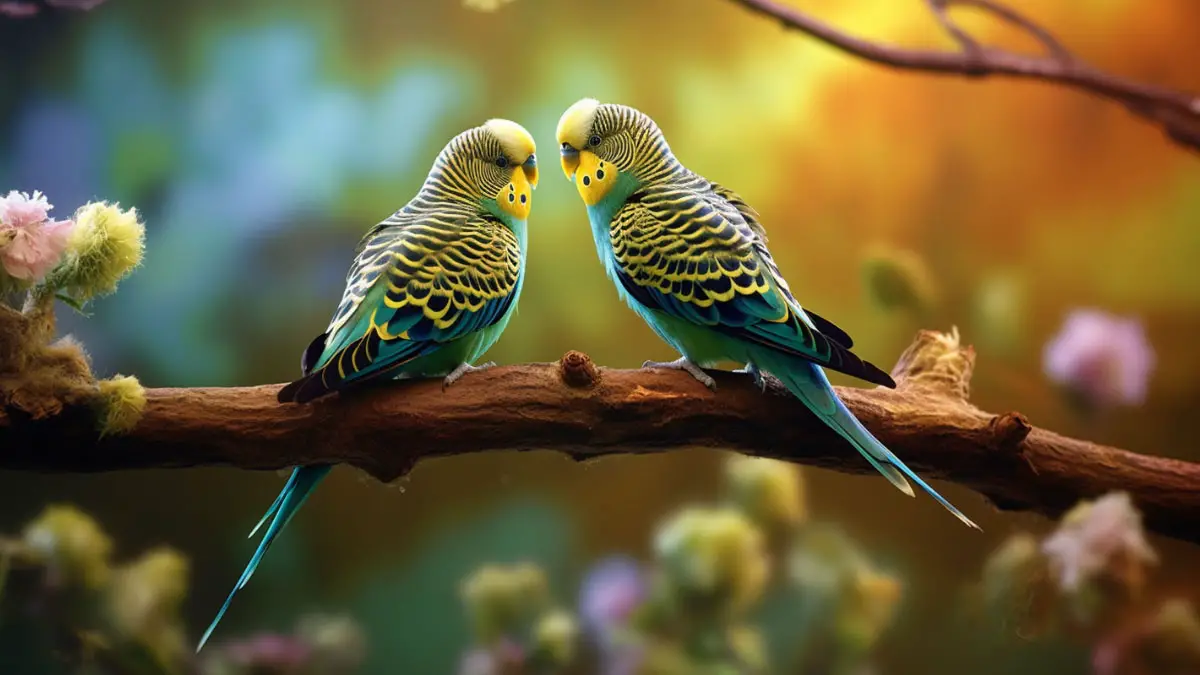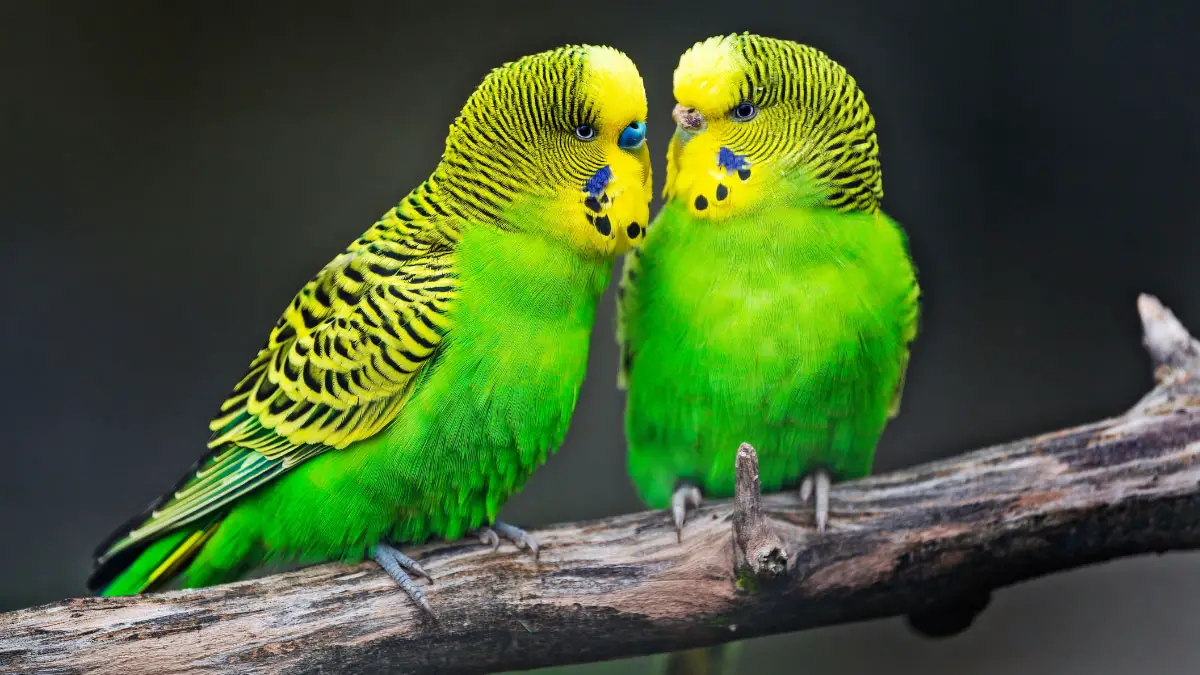Observing milestones are among the activities avian pet lovers like to do with their budgies. However, owners must know their pet’s ages to keep track of these achievements. But how can they tell the budgie’s age?
So, how to tell how old a budgie is? Mostly, when you buy a new pet bird, it comes with its breeding information. If there’s none, you can identify the pet’s age by observing some features like cere, eyes, and cap feathers. These features change as the bird ages, making it possible to guess its age.
Read on for comprehensive coverage of this topic, and learn ways to tell the age of your budgie. If you’re in a dilemma, you will find exciting and reliable ways of realizing your budgie’s age.
Budgie Age Chart
To fully understand your budgie’s age-specific behavior and activities, you should understand their capabilities at certain milestones. This includes understanding the different physical features they get with age. In the table below is the information on budgies of different ages.
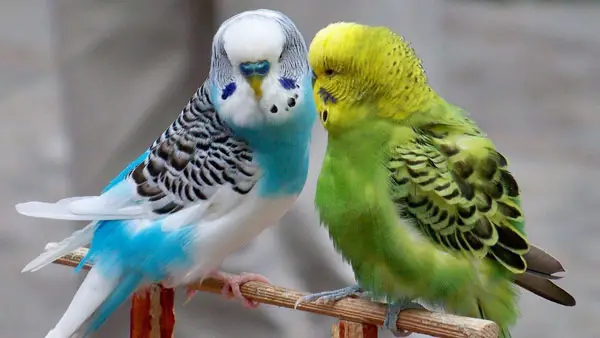
| Age | Features | Activities |
| 1 week | No feathers Can’t stand Eyes closed | At this age, there are no activities as the parents regurgitate food to feed them |
| 2 weeks | Black eyes Feathers are growing | Two weeks chicks still depend on their parents for warmth. They can be fed chick foods by owners |
| 1 month | Stripped cap feathers Purple, pink, or white cere Beautiful feathers have grown | A month-old bird can walk, perch, and feed by itself. At this age, the budgies can fly because they already have feathers. |
| 3 months | Pin feathers growing Dark gray iris | At 12 weeks, the budgies undergo their first bird molting, losing the baby feathers. The birds can be itchy, agitated, and shy away from flying during this period. |
| 6 months | Brighter gray iris New adult feathers No cap feathers | The birds can fly by themselves and are less reluctant to parents. |
| 8 months | Lighter gray iris The tallest they have ever been Brown or bright blue cere. | At eight months, the birds are adults and ready for the breeding season. |
| 1 year | White, blue, or tan cere | The birds are adults and capable of any activities a budgie can do. The youngsters can survive without their parents at this age. |
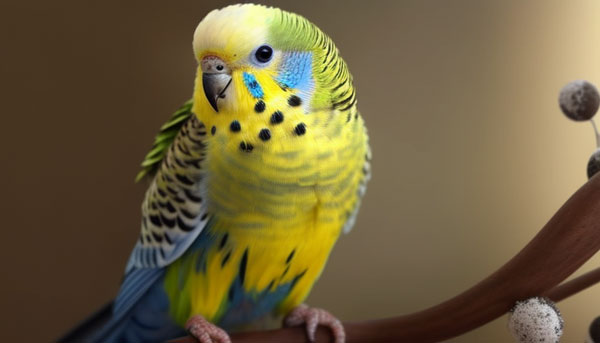
How Do You Tell How Old a Budgie Is?
Unlike humans who get certificates after birth, most breeders don’t keep a date on the time when the birds hatch. This assigns the new owners the task of figuring out the birds’ age after buying them. Luckily there are various ways to tell your pet’s age by examining some features in their bodies.
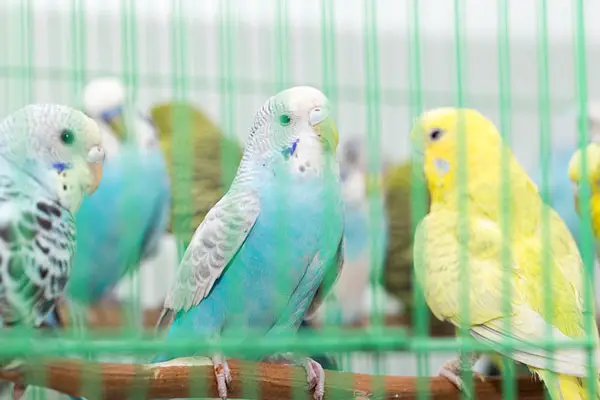
Below are various ways to tell how old a budgie is:
1. Eyes
Eyes can tell the bird’s age since they change as the budgie grows. This method is suitable for determining birds below one year since eye features don’t change after that age. Also, this method excludes varieties with the ino gene, namely lutino and albino, since their red eyes get a pinkish iris as they grow.
Within the first two weeks after hatching, budgies open their eyes completely black with no visible iris. The dark iris fades as they approach the four months from birth. If your pet bird has completely dark eyes, it’s below four months.
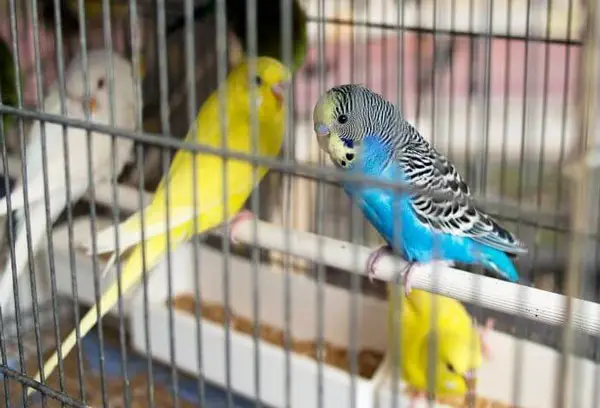
After four months, the bird gets a grayish iris, which is more visible under light. As they grow through the months, the iris continues to brighten and become more visible. If your pet has dark irises which are not bright but still visible, it’s likely between four and eight months old.
After eight months, the bird’s irises are a brighter and lighter gray than before. A brighter iris can identify the bird as an adult but can’t clarify how old it is.
2. Cere color
Bird’s cere is the colored section on their bill, where their nostrils are. Cere changes its color as the bird grows and can be used to identify its age. It’s also different between male and female budgies, meaning it can tell gender too.
A young male budgie has a pink or purple cere when they’re less than four months. Females of the same age have a light blue or whitish cere. After eight months, the male budgie’s cere turns bright blue around the mating season. Female budgie’s cere turns crusty and brown around the season to signify they’re ready to breed.
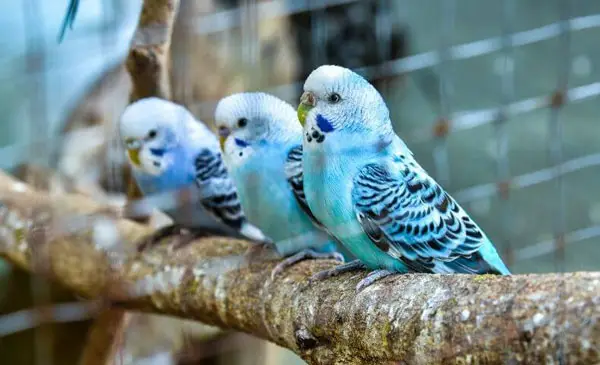
After the season, the male bird’s cere turns blue, while that of its female counterpart turns either light blue, tan, or white. Some birds retain the same color on cere throughout their lifetime, especially the lutino birds.
3. Cap Feathers
Cap feathers are the feathers on the bird’s head from its cere area to the back. The bird’s cap feathers striped when it’s four months or less. After their first molting, the birds will lose the stripes on the cap, which is around four months.
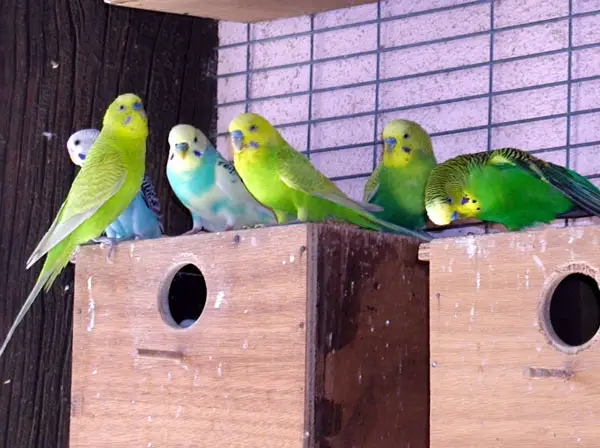
This method excludes rare varieties like lutino and albino since their feathers lack patterns. For these varieties, you should use other methods to tell their age. So, if your budgerigar has lines on its head, it’s less than four months old.
4. Physical observations
There are various features you can observe and determine the bird’s age. However, this method is not always accurate and only works by comparison. An older budgie will be physically bigger than a younger one less than eight months old.
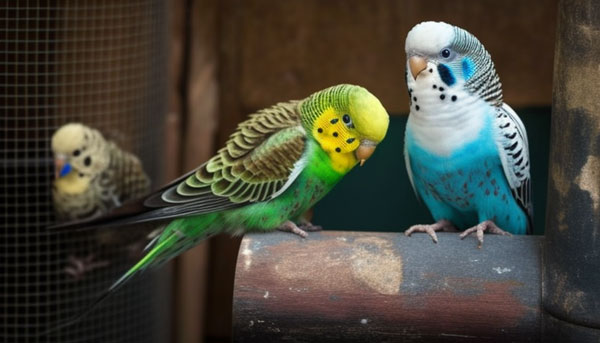
However, don’t compare an American budgie with a British one since the British ones are bigger. The excess bird melanin in young budgies can cause their beaks to be darker. The excess pigmentation is often seen in budgies less than three months old.
5. Behavior
Just like humans, budgies behave in some way at various ages of their lives. Older budgies tend to exhibit less energy than their younger counterparts. If your budgie seems to enjoy solitude and is less active, most likely, it is in its last years. But, you should first rule out that they are not sick, bored, hungry, or in fear.
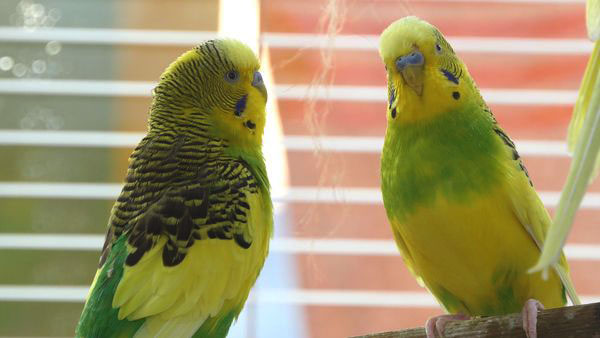
The above methods are meant to give you an idea of your budgie’s age bracket. Ask your breeder or seller before buying if you want to know the exact age. Modern breeders ensure their budgies have bands that show their exact ages.
What Is a Budgie’s Lifespan?
As a careful owner, you want to know the budgie’s lifespan so that you can follow its milestones, knowing what to expect. Like other animals, budgies have an expected period to live before dying. In captivity, they can live for up to 8 years, and some can even live further. Bird inbreeding is known to cause shorter lifespans for pets involved.
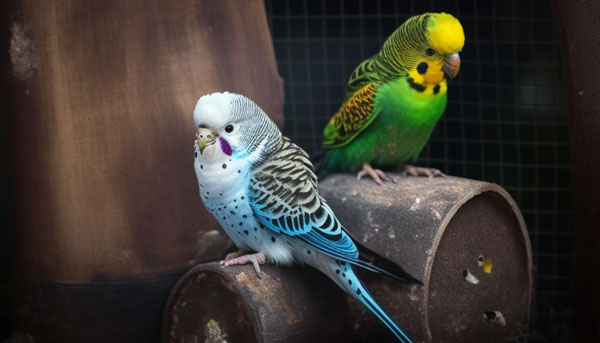
Owners can also contribute to their avian pet’s lifespan. Birds on a healthier diet and who exercise more are likely to have a longer lifespan. Also, take your pet to a vet every six months to check it and maintain its health status.
If you love your captive budgies, offering the best care will make them live happy and fulfilling lives. Most importantly, you will enjoy their company in their various life stages. While at it, buying a budgie from a reputable breeder will save you a lot of trouble. You’ll only need to check the band for age details to know how well to care for the bird.
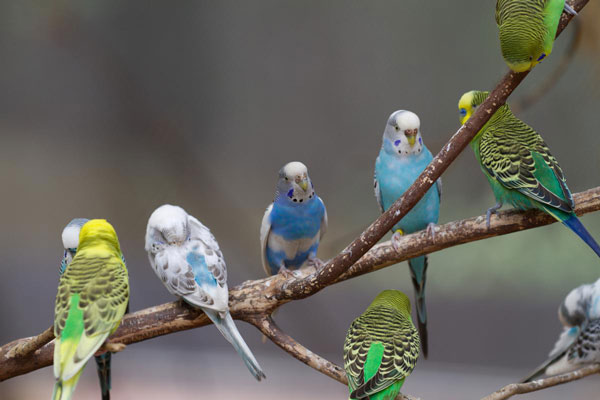
FAQ
In a lucky scenario, owners will buy a pet with a breeding band containing all the pet’s information. The unlucky few must research in the quest of telling their bird’s age. Below are frequently asked questions on this topic and their answers.
Since captive budgies are well provided for and have fewer predator threats, they live longer. In captivity, a budgie can live more than eight years, while some are said to reach up to 20 years. Wild budgies live for up to 6 years; a shorter lifespan is attributed to predator threats and nutrient deficiencies.
Among the physical features used to identify the bird’s age are eyes. A young budgie will have all-black eyes without any iris, which starts showing after four months. At eight months, the iris will brighten as they approach adulthood and maintain a light gray color.
Outro
Knowing the birds’ age is valuable, especially when keeping track of their growth progress. While most breeders are less likely to keep budgies’ information, it’s best to learn ways to tell. These ways are physical, as you observe certain features and match them with age.
Bird’s cap feather, cere, and eyes are some common features containing the bird’s age information. Different colors and patterns can signify the bird is of a certain age and be used as a tell. Also, studying the age table in the article can help you acquire more knowledge on the birds’ age. But, if you can get a breeder who keeps the records, the better because you’ll have the exact age.
